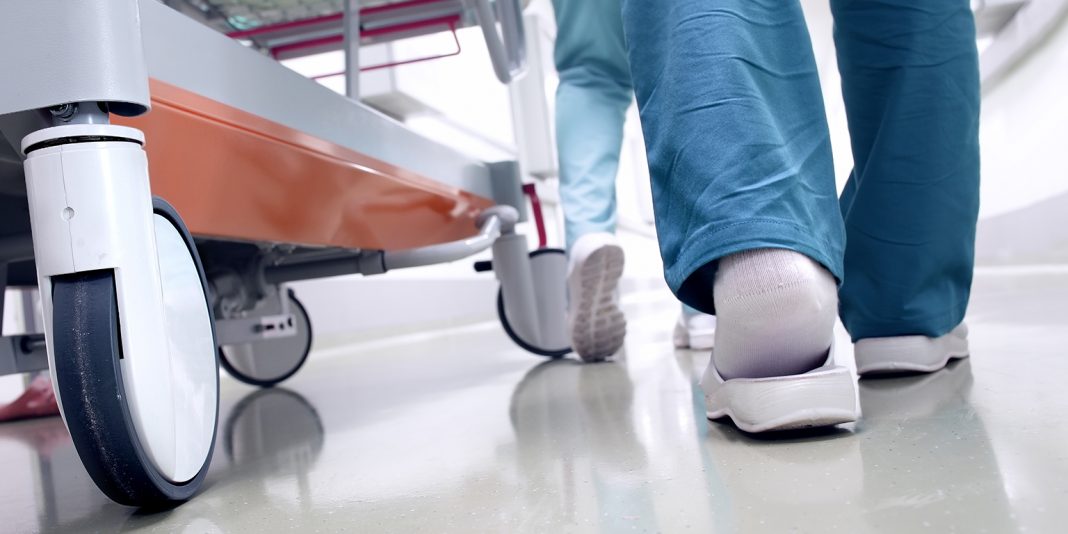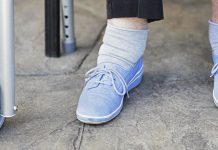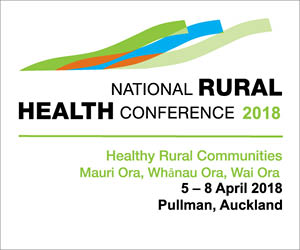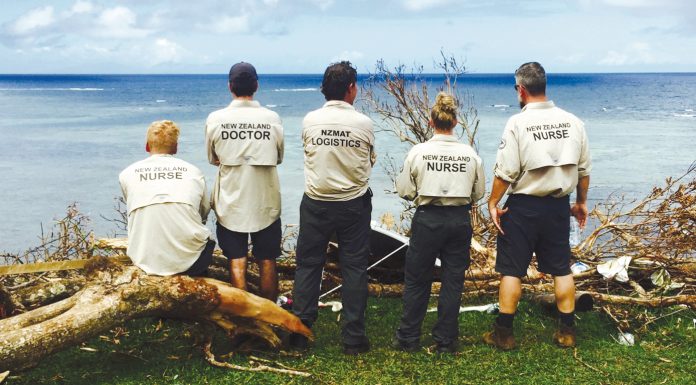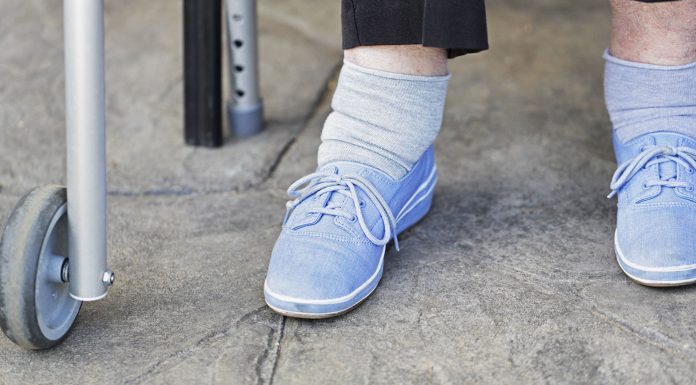Recently amongst the usual inane Facebook feeds – you know the type, pictures of unsuspecting animals dressed as showgirls and unsolicited YouTube clips of drunk, Albanian farmers dancing to Nirvana – came a statement that made me pause over my coffee:
“Nurses work within the great circle of life-death. This reality recognises that we all share this common task of facing our humanity at a deep level, both personally and professionally.” A colleague had posted this quote by nurse theorist Jean Watson, who wrote these words in 2008.
This quote made me stop because I had been thinking about my own experiences recently following some clinical interactions and I was facing my own humanity (gulp) – not an easy thing to do.
Of course, it’s not just nurses who are faced with the reality of life and death on a regular basis. A friend of mine works for the ambulance service and routinely recounts tales of children killed in car smashes, suicides, gang fights and just plain old nasty accidents, usually involving high speed saws.
I could never be a paramedic because the blood and horror would never leave my dreams. It’s the reason I chose not to go down the emergency department route, which a lot of male nurses do. I’m just a bit soft, I think.
Some nurses are good at dealing with people with gnarled or missing body parts, or with holes where holes shouldn’t be. I’m not. I like a gory, zombie movie as much as the next man as I know it’s just Hollywood – it’s the real stuff that freaks me out. I can cope with busy wards and vomit and poo and I enjoyed my time in the cardiac ICU, which was pretty adrenaline-soaked at times but also very clean and somewhat sterile.
Having the ‘right stuff’
From the outset as a student nurse I knew I was on a bumpy course to discover if I had the ‘right stuff’. Sadly, I quickly realised I didn’t – I was never going to be the guy with my hand inside someone’s chest cavity hand-pumping their heart. I’ve always been more a hand holder.
My first ward was cardiology in the early 1980s. I was on the psychiatric nurse pathway and so, naturally, my first placement was acute medical. The wards were in a ‘Nightingale’ set-up, with rows of beds, all neatly made; patients so tightly tucked in that they had to use the call bell (with their teeth) to be released enough to pee in the papier mache urinals. Everyone, I soon learned, was on bed or chair rest. It seems crazy now, and even then we all thought it was stupid, but hey, this was our early lesson in “don’t question the process”…
On my first day, I was shown how to do a BP with an old metal, very creaky, sphygmomanometer and take a pulse. I was then pointed in the right direction and was off for what turned out to be essentially three years of this sort of task-driven malarkey.
I enjoyed it; most patients were very happy to see someone and most were bored rigid and liked to talk. So an obs (observation) round could take a first year student anything from a whole day to sometimes two to three days, with occasional stops for a canteen sausage roll and lukewarm coffee. Patients quickly introduced me to the ‘gallows humour’ of the heart ward, having bets on who would be next to pop off, telling funny stories about their own near-death experiences and generally trying to keep their spirits up.
Most had suffered major heart attacks and had been treated with clot-busting medicine, which was slowly becoming more sophisticated. However, quite a few had suffered very severe left ventricular scarring, which meant the development of heart failure symptoms and dangerous arrhythmias was still pretty common. But in my first couple of days I had no clue about this sort of detail and thought this nursing lark was really a blast.
Confronting death head-on
On one of those early days, I was walking down the corridor when I saw a commotion at the end of the ward. The curtains were being hastily drawn around a patient who had recently been transferred from the CCU (coronary care unit) after suffering a major heart attack a week before. That morning, he had been sitting beside his bed in a La-Z-Boy chair (usually code for getting better), telling me about his family. He had two young kids and worked as a mechanic at the local bus yard. He was 35 years old.
What I experienced next is seared into my memory and shaped my future career. My fellow student and best friend came flying out from behind the curtains ** itals**carrying** a La-Z-Boy chair. “Dude,” I laughed, “it’s got wheels, what are you doing?”
But the look on his face conveyed a terrifying, instantly received message. His face was pale, sweaty, his eyes wild; panic and fear radiated off him in a wave… something terrible was happening. “Cardiac arrest!” he croaked as he ran off carrying a very heavy chair like it was a box filled with chiffon party dresses.
A staff nurse pushed me inside the curtains and for the first time in my life I came face-to-face with someone in the process of dying – the guy I had spoken to only minutes before. CCU nurses had somehow appeared and were in the full throes of a resuscitation; the monitor was making an eerie, high pitched squeal and spitting out reams of paper with an ominous, squiggly line.
Suddenly, in strode the senior registrar, who calmly flicked a switch and the defibrillator began to hum, he looked at me, nodded and handed me the metal paddles. “He is just a student,” the charge nurse said. I nearly hugged him – not the done thing in 1980, or even now, for that matter – as he took the paddles from my shaking hands and delivered the first of many shocks. I remember being shown how to prepare adrenaline syringes, all the while flicking glances at the young man lying peacefully on the bed, oblivious to all the hullabaloo going on around him.
As quickly as it had begun, it was over. “He’s gone,” someone said and all activity ceased. The registrar stalked off with the notes, the CCU nurses left and then it was just me, the charge nurse (CN) and the man – now ‘the body’ – who I had been speaking to just a short lifetime ago. The CN, not unkindly, suggested that I stop standing about and get the last offices’ kit. “It’s time to dress your first body.” I guess you should never miss an opportunity to teach.
As I stepped out, I noted blankly that visiting time had started. Then I saw a young woman walking towards me with wide eyes, her hand covering her mouth. I knew straightaway who she had come to visit and I made a strangled kind of groan, a pitiful cry for help, and the charge nurse popped his head out to see if I had fainted. Thankfully, he took over and we all went into a quite area.
I remember keeping my mouth firmly shut as events were recounted and the woman with a quiet dignity, politely kept her grief in check as the business of death was discussed, homogenised and, eventually, the responsibility for this young man’s next journey was passed from the ward to his young widow.
When the CN stepped out to find the doctor to repeat the process, I found myself making ridiculous small talk with this lady who had just lost her husband and her children’s father; she couldn’t have been any older than 30. I remember thinking later how kind she was to me as I prattled on while she dealt with her own grief.
Reviewing attitudes to death and dying
Sadly, like all nurses, this wasn’t my last experience with death, but I quickly realised that there are nurses who are very comfortable dealing with the Grim Reaper and then there are nurses, like me, who aren’t. At times of impending doom, I somehow always managed to exit stage left and usually my colleagues would sweep past me to comfort and offer the required sympathy, tea and kind, thoughtful words.
Growing up, I think I was sheltered from death. My parents’ generation had encountered all manner of loss during the war and it had affected our family so much that when people died, they were just never mentioned again. It’s happened, have a wee cry, move on … one way of coping. I never really learned to see death as a natural consequence of living, as it was just never discussed.
Now that I no longer work in the acute arena, I’ve been reviewing my attitude to death. It’s often easier to promote unhelpful medications or interventions that don’t add value to a person’s life and simply prolong life with little quality.
Last week I ran a clinic seeing people for review after heart valve surgery. I like this clinic as most patients are keen to hear about what they can do to stay well and mostly they feel better than they did before the operation.
One elderly lady came slowly into the clinic room; she was frail but feeling okay and was accompanied by her elderly husband and her daughter. However, on my assessment I identified that her tissue valve replacement, now 16 years old, was failing. The valve was leaking and a quick scan identified the problem was severe. We organised a meeting with the cardiologist to discuss what to do now. There were surgical options but surgery came with many risks and few guarantees.
The daughter wanted to discuss the surgery but the lady looked at her husband and asked a very important question: what would happen if she didn’t have the surgery?
The cardiologist and I outlined the likely course of events and what support and management we could provide and offered them time to think about things, but the couple was determined.
The elderly lady didn’t want more surgery; she accepted that she may die and, when that time came, she wanted to do it at home with her family. When the family left the clinic, she grasped my hand, looked into my eyes and said, with a smile, “make sure you write down my wishes”.
I made sure I did.
